Welcome to your weekly UAS News update. This is the “Government Gone Wild” edition. That’s right, we’ve got three more bills from Oklahoma, Missouri, and Utah, which actually has two bills, that would restrict drone operation. So we decided to do a special edition just talking about these, and we’ll also talk about a drone at the very end. So, let’s get to it.
Oklahoma Bill
The first bill is from Oklahoma, which would restrict state entities from purchasing or operating drones that are built or assembled by a covered foreign entity. We know what that means. A waiver for the bill, which is HB 3068, is actually available through the state’s Office of Management and Enterprise Services.
The waivers can be granted for criminal investigation, counter-UAS, and “difficult circumstances” (whatever that means). Under the bill, state entities would be restricted starting on May 1st of 2027.
Banning Drone Surveillance in Missouri
Next up is Missouri. We talked about them last week with the drone surveillance scheme. Not an update on that, but also from St. Louis, which was having some weird rules. In response to the drone surveillance scheme we talked about last week, there’s a bill called House Bill 1204 which would ban surveillance by drone.
This one doesn’t seem to be as bad as the one we saw in St. Louis last week with Alderwoman Sonier. However, we have some questions about this specific one. What does surveillance actually mean? It’s not defined. What constitutes observation? Merely viewing through a drone camera? Is that enough to be considered observation?
The answer to the observation question could completely restrict commercial UAS operation if observing through a camera as a byproduct of a shot is not allowed. We’ll keep you posted on this one, but please reach out to the bill’s supporter. We’ll put links down in the description.
Two Bills in Utah
Now, third up is Utah with two bills, one of which seems to be trying to control airspace.
The first bill is HS42, sponsored by Ryan Wilcox. It references recreational flying and 14 CFR Section 101, a direct quote. “Go home Ryan, you’re drunk or incompetent or both. Boom roasted.” But recreational operation is now covered under 49 USC 44809. It’s been like this since 2018. So whoever works for you to write these rules probably should do a little better research.
The bill would actually restrict operation over electric lines for public transport, over critical infrastructure, and would limit Part 107 waivers that are issued by the waiver office at the FAA, specifically waivers for operation over 400 feet because they’re not allowing you to fly over 400 feet.
They did a poor copy-paste of some parts of part 107. If you’re in Utah, please reach out to Mr. Wilcox and let him know that this is not acceptable. The second one is a proposed rule, R914-D5. Unfortunately, the public comments ended a week ago. This was brought up to us by one of our students.
Leaf Elder is the sponsor in this case. He wants to create a $15 per year registration fee for UAS. There are only two other states in the country that do this: North Carolina and Washington State. As I said, one of our students reached out to us because he owns a light show drone company and would have to pay over $10,000 in registration fees every year because of this rule. So, please see the link below and contact Mr. Elder, even if it’s past the comment period. If you live in Utah, we need your help.
CISA and FBI Warning Chinese Drones
The fourth one is the Cybersecurity and Infrastructure Security Agency (CISA) and the FBI have published guidance on cybersecurity for Chinese manufacturers of UAS. The document does not take a side per se; instead, they provide some facts and information regarding possible cybersecurity threats, going as far as to say, “Identify and select the UAS platform that best meets the operational and security requirements of your organization,” which seems to make sense to me.
The fact sheet provides federal guidance and recommendations on how to mitigate possible cybersecurity threats, specifically from Chinese manufacturers of UAS. The document also includes references and other resources for those that may want to look further into it.
We’ll leave a link down in the description, so you can read it for yourself. In all reality, many of the rules and guidance in the document can also be applied to anything that is used to do anything online. So think about that.
ACSL Soten drone from Japan
Alright, we’re done with the government craziness, at least for now, until I have successfully privatized world peace. Well, anyway, I won’t say it, but last on this week’s list is ACSL Soten. We talked about them before; they’re a Japanese NDA-compliant drone manufacturer, and they have released the drone in the US.
The Soten has a number of different payloads, including a visible camera, IR plus visual, and then a multispectral camera. The drone uses a 94W lithium-ion battery and has a maximum flight time of 29 minutes, which is at the edge of acceptable, if you ask me.
Soten also has a vision system and an infrared sensing system for obstacle avoidance, a maximum range of 4 kilometers, and a number of available accessories, including a smart controller. We’ve reached out to ACSL to see if they were willing to send us one for testing. We haven’t heard back just yet, but we’ll see.
Alright, that’s it. Go ponder on all this government overreach, and we’ll see you next week. Sounds like entrapment to me. Well, this is going to be a good one because it’s idiotic government overreach, Government Gone Wild.



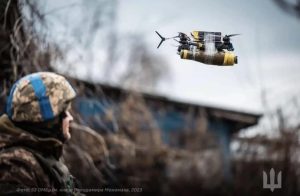




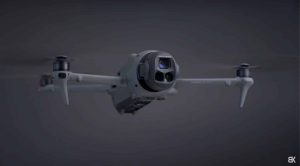






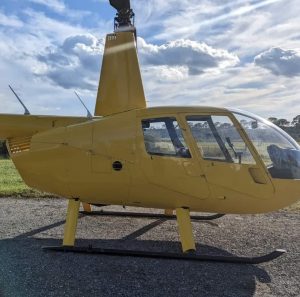
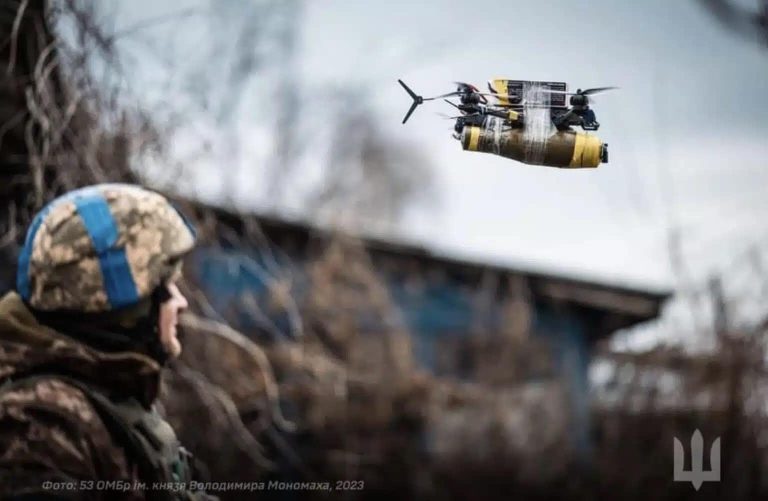



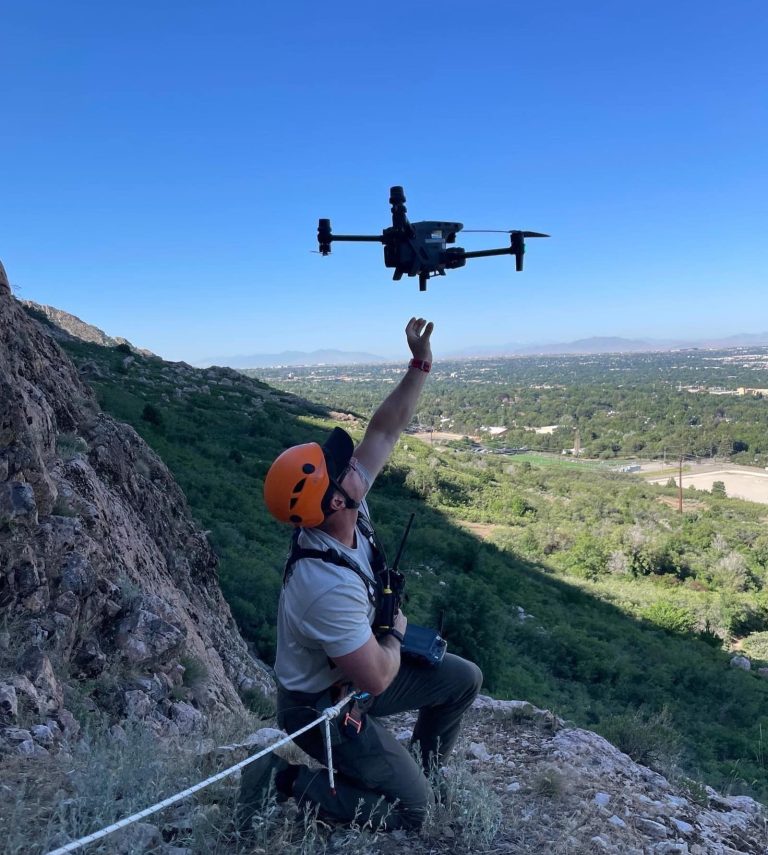
+ There are no comments
Add yours